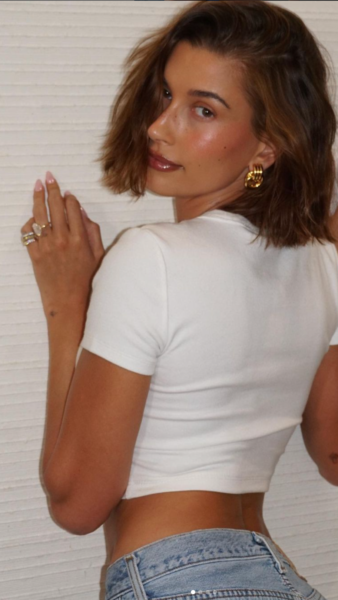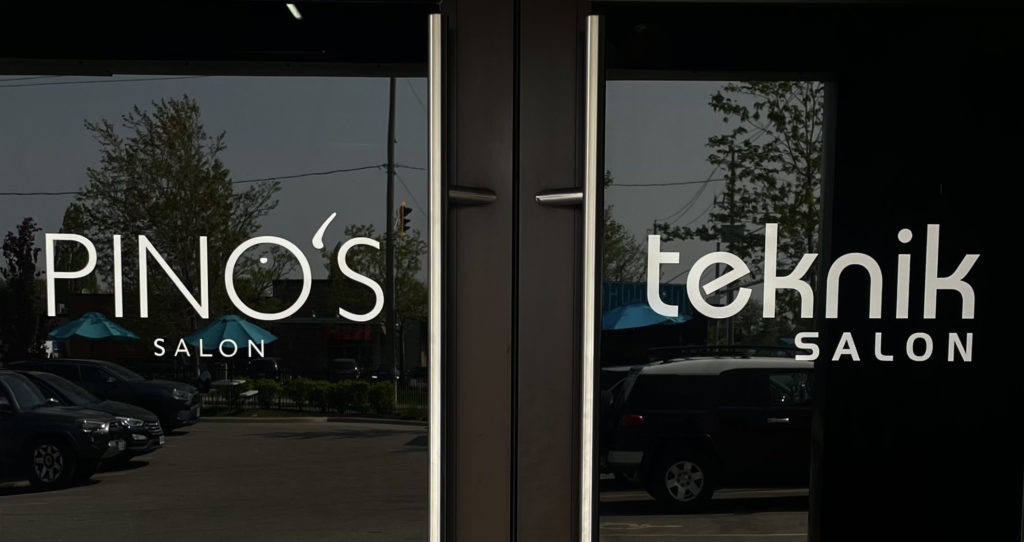Bruno
June 2, 2024
No Comments
The mullet, once considered a relic of previous eras, has made a surprising return to the world of fashion. This iconic hairstyle, characterized by short hair on the front and sides and long hair in the back, has a rich history and a modern resurgence worth exploring.
The History of the Mullet
The mullet is not a recent invention; its roots trace back to ancient times. The earliest recorded evidence of a mullet-like haircut dates to the Roman Empire. Soldiers wore their hair short in the front to keep it out of their eyes during battle while allowing it to grow long in the back for warmth and protection. Similarly, many Native American tribes sported variations of the mullet for both practical and cultural reasons.
The term “mullet” itself gained prominence in the late 20th century, popularized by the Beastie Boys’ song “Mullet Head” in 1994. However, it was in the 1980s that the mullet became a cultural phenomenon, sported by rock stars, athletes, and everyday people. Celebrities like David Bowie, Billy Ray Cyrus, and even Patrick Swayze took on the mullet, embedding it deeply into the pop culture of the time. Did you live through this time and rocked a mullet?
Evolution of the Mullet
The mullet’s popularity drifted away in the 90s and early 2000s, as it became a symbol of outdated fashion. However, the fashion industry is cyclical, and what was once out of style often finds its way back. The evolution of the mullet has been influenced by various subcultures and fashion movements over the years.
In the 2010s, the mullet began to reappear in underground fashion circles and alternative subcultures. Influenced by a sense of irony and nostalgia, young people started adopting the mullet as a statement of individuality and rebellion against mainstream fashion norms. Social media platforms, particularly Instagram and TikTok, played a crucial role in the hairstyle’s resurgence. Influencers and celebrities began showcasing modern takes on the mullet, blending it with contemporary styles and trends.
The Comeback!
Several factors contributed to the mullet’s comeback:
One of the reasons for the comeback is that the 80s and 90s have become a source of nostalgic inspiration for fashion and culture. Millennials and Gen Z, who did not experience these decades firsthand, have embraced the aesthetics and styles of those eras. Celebrity Influence from high-profile figures like Miley Cyrus, Rihanna, and soccer star Neymar have sported mullets in recent years, bringing the hairstyle back into the spotlight. Their influence has been pivotal in making the mullet cool again. The mullet represents a break from conventional beauty standards. At Pino’s Salon we can definitely vouch for this, since theres something about a none-blended haircut that gives us a sense of incomplete hair cut. In a world where conformity is often expected, the mullet stands out as a symbol of individuality and nonconformity. This is riding heavy on the younger generations looking to express their uniqueness. Lastly, as if I wouldn’t bring up the biggest tool of “spreading the good word” – Social Media. TikTok and Instagram have a big part of bringing this trend back in style.
Modern Mullet Styles You Can Try
Today’s mullet is not a mere replica of its 1980s predecessor. Modern mullets come in various styles and variations, catering to diverse tastes and preferences. Some popular modern mullet styles include:
- The Soft Mullet: A more subtle and less extreme version, with gentle layers and a less pronounced contrast between the front and back lengths.
- The Shag Mullet: Combines the mullet with shaggy layers for a tousled, rock-and-roll look.
- The Fashion Mullet: High-fashion versions often seen on runways, featuring sharp lines and dramatic contrasts, often paired with bold hair colours.
- The Undercut Mullet: Incorporates an undercut on the sides, blending elements of contemporary and classic styles.














